Traces in the Earth Transcript
A note about this transcript: The Moth is true stories told live. We provide transcripts to make all of our stories keyword searchable and accessible to the hearing impaired, but highly recommend listening to the audio to hear the full breadth of the story. This transcript was computer-generated and subsequently corrected through The Moth StoryScribe.
Back to this story.
Trina Michelle Robinson - Traces in the Earth
Hi, everyone. I'm really excited to be here with you tonight. Welcome to my apartment in San Francisco. I will be sharing with you my collection of earth. Each jar has a special meaning to me. I'll start with this jar. I collected this in Mount Sterling, Kentucky. It was alongside a creek on the property where my great, great, great grandfather, Martin, and several other ancestors were enslaved.
I had gone down there several times. On this particular visit, they took me to this creek and they said that area was untouched from when he had lived there. I started getting really overwhelmed, because first, I just couldn't believe I was here, and then I knew this information, but then just the fact that I was stepping here in that spot. So, I just collected a bunch of dirt in a jar, and I just look at this as a family heirloom. Yeah, I don't have that many, so that's how I consider this. Maybe Martin had stepped on this soil or maybe it was just there when he was there, it's just something that I have to remember him.
The next jar I have, I actually collected not far away, 40 minutes from Mount Sterling and Berea at Berea College. My great, great grandfather David, son of Martin, went to Berea from 1868 to 1872. And this jar, for me, it represents the future. He was there for education. It was our freedom and our next lives up north in Chicago when he moved.
The next two, I actually collected in West Africa. I was there in March, and I had taken a DNA test and it showed that I actually had ancestry in that region, and so I just had to go. And so, I found a group tour that was taking people to Senegal and The Gambia. These came from there. The first one actually came from near Dakar at Gorée Island. It houses a notorious slave prison. And the soil in this jar comes from the dirt floor from the room where the children were held before they boarded the slave ships. This represents their last connection to the continent.
My final jar, I collected in a town called Casamance in Senegal. It's right near the border of the Gambia. I was there, because we were trying to learn about the traditions of West Africa that came to the United States. This one is my favorite. This represents before. It’s before America was even an idea. It is when we ruled the land, our lives. It was all about ingenuity, power and community. That's what I want to hold on to.
It's really difficult for African-Americans to trace their ancestry. There's very little documentation. It can be done, but it's just really hard. So, I just look at these as my family heirlooms, and this is how I remember them. Thanks.
